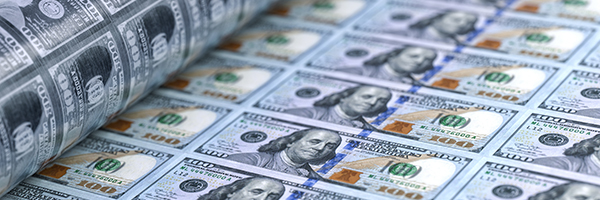Federal Reserve Governor Christopher Waller said today, May 30, that he wants to keep raising interest rates in half-percentage point steps until inflation is easing back toward the central bank’s goal of 2%.
“I support tightening policy by another 50 basis points for several meetings,” he said. “In particular, I am not taking 50 basis-point hikes off the table until I see inflation coming down closer to our 2% target.”
Waller is the first Fed official to speak on interest rate policy after last week’s rally and ahead of the quiet period that begins Saturday and runs through the Fed meeting on June 15. On Sunday I posted that the tenor of Fed comments this week would go a long way to demonstrating whether the Powell Put–the Fed’s de facto policy of propping up stocks on a decline–was still in effect or if it had been replaced by a policy of subtly encouraging orderly (of course) market retreats as an aid to fighting inflation.
On Friday figures showed that the Fed’s preferred gauge of inflation, the Personal Consumption Expenditures index, rose by 6.3% last month from April 2021.
The Fed is also scheduled to beginning shrinking its balance sheet at a monthly pace of $47.5 billion on Wednesday with the reductions set to step up to $95 billion in September. That means less Fed buying in the Treasury market, which would tend to push down prices and increase yields.
Waller, one of the more hawkish members at the central bank, said that no one should doubt the Fed’s commitment to curbing price pressures. (In Fed speak, a “hawk” is someone who favors raising interest rates more aggressively than a “dove.) “By the end of this year, I support having the policy rate at a level above neutral,” said Waller. Fed officials in March projected the neutral rate to lie around 2.4%, according to the Fed’s DotPlot. (Those forecasts will be updated with the June 15 meeting.) The Fed’s benchmark short-term inert rate is currently 0.75% to 1.00%
Back on May 23, financial markets got a boost when Atlanta Fed president Raphael Bostic opened the possibility of a September pause by suggesting that it “might make sense” if inflation cools. The minutes of the Fed’s May meeting, released last week, could be read to support that idea.
Which all undoubtedly contributed to last week’s rally.
And this week? Will the Fed talk the wind out of the market’s sails?


